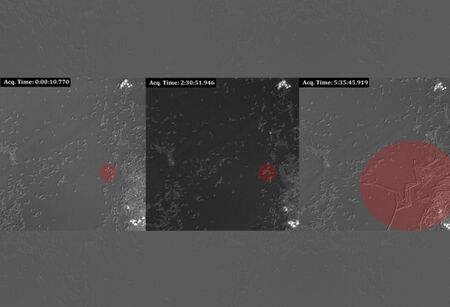UA Biophysics:Persistence
Study of the persistence generation mechanisms in bacteria

Persistence is a transient phenotype in which results in tolerance to multiple bactericide substances, separately from the usual resistance obtained through mutations. Though entrance and exit from this state is stochastic, the rates are dependent on environmental conditions, in particular stress. In a study by Balaban and coworkers in 2004, two types of persistent cells were identified, Type I and Type II. So far antibiotics have been used to isolate persistent cells, but the use of antibiotics does not differentiate between the two types of persistent cells and a stress response is induced so that the proportion of persistent cells is changes. In this project, we worked on the design of a protocol that allows for the isolation and differentiation of the types of persistent cells, without inducing persistence through stress. We then used this protocol to perform transcriptomic studies on persistors, and isolated the mutation responsible for a high type II persistence mutant (DS1).